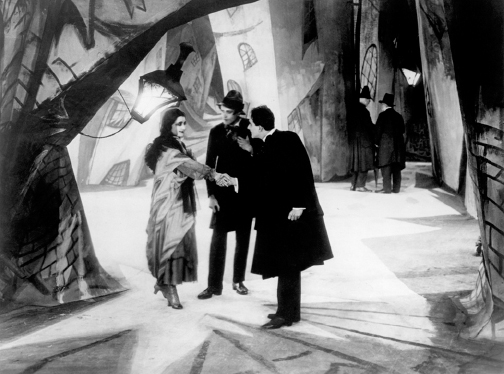Generating Ideas
For more strategies for generating ideas, see Ch. 19.
Find Something to Evaluate. Try brainstorming or mapping to identify as many possible topics as you can. Test your mastery of each option with potential by concisely describing or summarizing it. Spend enough time investigating possibilities that you can comfortably choose your subject.
Consider Sources of Support. You’ll want to spend time finding material to help you develop a judgment. You may recall a program on television or browse for an article to read. You might observe a performance or a sports team. Perhaps you’ll want to review several examples of your subject: watching several films or campus plays, listening to several CDs, examining several works of art, testing several products, or interviewing several spectators.
For more on comparing and contrasting, see Ch. 7.

Establish Your Criteria. Jot down criteria, standards to apply to your subject based on the features of the subject worth considering. How well, for example, does a popular entertainer score on musicianship, rapport with the audience, selection of material, originality? In evaluating Portland as a home for a young careerist, you might ask: Does it offer ample entry-level positions in growth firms? Any criterion for evaluation has to fit your subject, audience, and purpose. After all, ample entry-level jobs might not matter to an audience of retirees.
Try Comparing and Contrasting. Often you can readily size up the worth of a thing by setting it next to another of its kind. (When you compare, you point to similarities; when you contrast, you note differences.) To be comparable, of course, your two subjects need to have plenty in common. The quality of a Harley-Davidson motorcycle might be judged by contrasting it with a Honda but not with a school bus.
For example, if you are writing a paper for a film history course, you might compare and contrast the classic German horror movie The Cabinet of Dr. Caligari with the classic Hollywood movie Frankenstein, concluding that Caligari is more artistic. Then try listing characteristics of each film, point by point:
| CALIGARI | FRANKENSTEIN | |
| SETS |
Dreamlike and impressionistic Sets deliberately angular and distorted |
Realistic, but with heavy Gothic atmosphere Gothic sets |
| LIGHTING | Deep shadows that throw figures into relief | Torches highlighting monster’s face in night scene |
By jotting down each point and each bit of evidence side by side, you can outline your comparison and contrast with great efficiency. Once you have listed them, decide on a possible order for the points.
See more on defining.
Try Defining Your Subject. Another technique for evaluating is to define your subject, indicating its nature so clearly that your readers can easily distinguish it from others of its kind. Defining helps readers understand your subject — its structure, habitat, functions. In evaluating a classic television show such as Roseanne, you might want to include an extended definition of sitcoms over the years, their techniques, views of women, effects on the audience. Unlike a short definition, as in a dictionary, an extended definition is intended not simply to explain but to judge: What is the nature of my subject? What qualities make it unique, unlike others of its sort?
Develop a Judgment That You Can Explain to Your Audience. In the end, you will have to come to a decision: Is your subject good, worthwhile, significant, exemplary, preferable — or not? Most writers come to a judgment gradually as they explore their subjects and develop criteria.
DISCOVERY CHECKLIST
- What criteria do you plan to use in making your evaluation? Are they clear and reasonably easy to apply?
- What evidence can back up your judgments?
- Would comparing or contrasting help in evaluating your subject? If so, with what might you compare or contrast your subject?
- What qualities define your subject, setting it apart from the rest of its class?